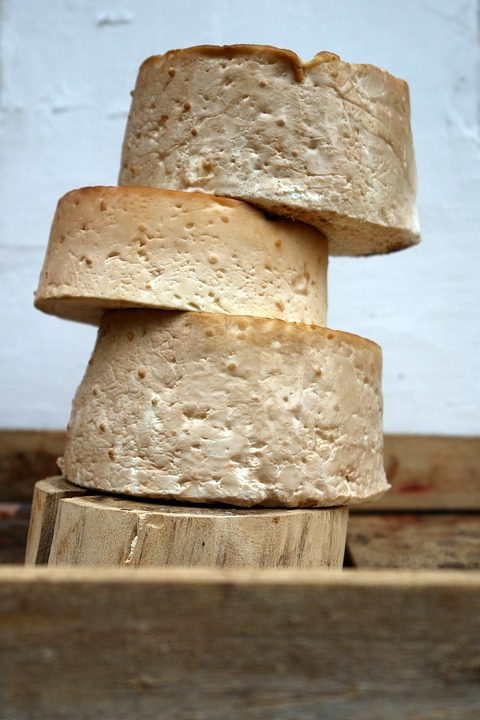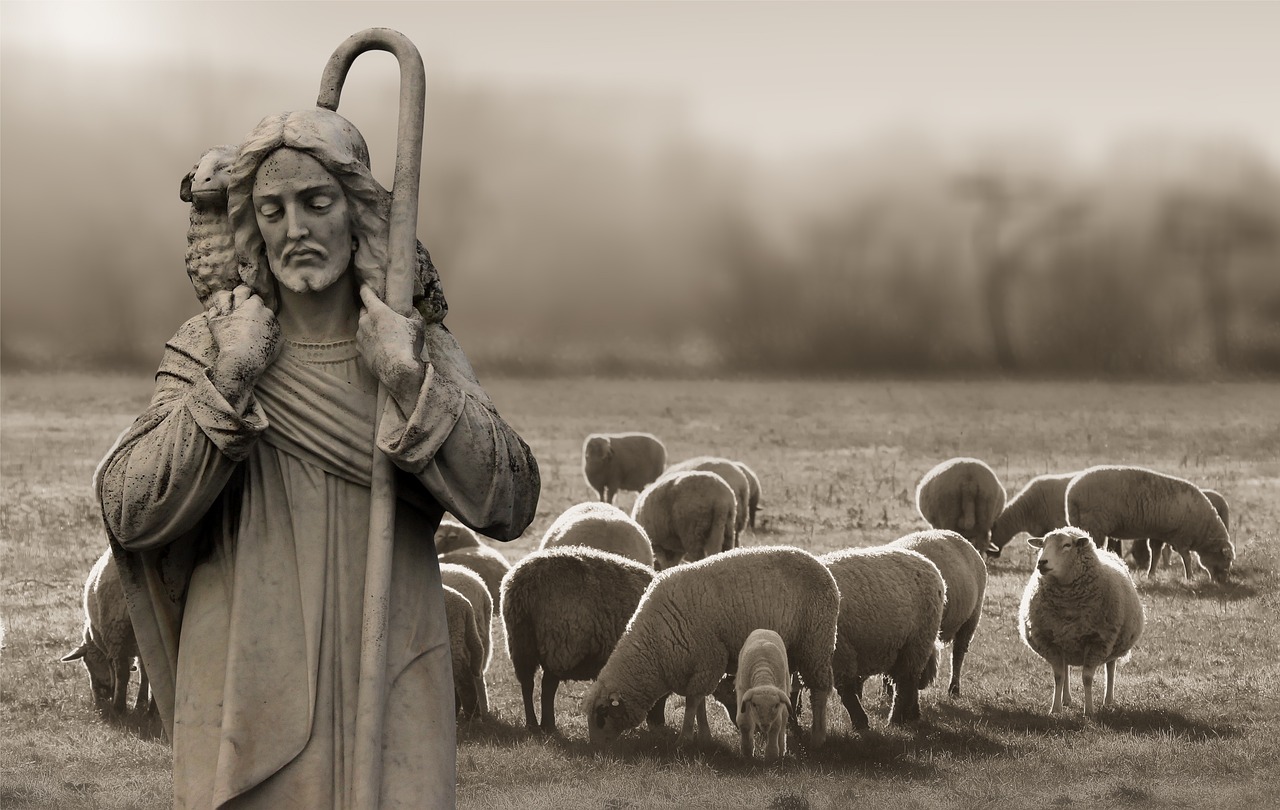The story of goat milk and cheese is woven into the very fabric of human civilization, stretching back over 10,000 years to the dawn of agriculture. This ancient relationship between humans and goats has shaped cultures, sustained civilizations, and continues to influence our culinary landscape today.
The Dawn of Domestication
Archaeological evidence suggests that goats were among the first animals domesticated by humans, around 8,000-9,000 BCE in the Fertile Crescent region of modern-day Iran and Iraq. These hardy animals proved invaluable to early nomadic tribes, providing not just milk, but also meat, hide, and hair. Unlike cattle, goats thrived in harsh, mountainous terrain where other livestock struggled to survive, making them perfect companions for wandering peoples.
The transition from hunting and gathering to pastoral life marked a revolutionary moment in human history. Goat milk offered a reliable, renewable source of nutrition that could sustain communities through harsh winters and droughts. Early herders discovered that fresh goat milk, while nutritious, spoiled quickly in warm climates, leading to the accidental discovery of cheese-making.
The Birth of Cheese-Making

Legend attributes the discovery of cheese to an Arabian merchant who stored milk in a pouch made from a sheep’s stomach. As he traveled across the desert, the combination of movement, heat, and natural rennet in the stomach lining transformed the milk into curds and whey. While this tale may be apocryphal, the truth is that cheese-making likely developed independently in multiple regions as early pastoral societies sought ways to preserve their precious milk.
The earliest evidence of cheese-making dates back to around 5,500 BCE in Poland, where archaeologists discovered perforated pottery vessels believed to be ancient cheese strainers. Similar artifacts have been found throughout Europe, the Middle East, and North Africa, suggesting that cheese-making was a widespread practice among early agricultural communities.
Mediterranean Mastery
The Mediterranean region became the epicenter of goat cheese innovation. Ancient Greeks elevated goat cheese to an art form, developing techniques that remain largely unchanged today. The famous Greek feta, originally made exclusively from goat milk, became a cornerstone of Mediterranean cuisine. Greek mythology even celebrates cheese-making, with the story of Aristaeus, the god who taught humans the art of cheese production.
Romans further refined these techniques, creating an elaborate system of cheese classification and developing trade networks that spread goat cheese throughout their vast empire. They distinguished between fresh cheeses consumed immediately and aged varieties that could be stored for months. Roman soldiers carried hard goat cheeses as portable protein sources during their campaigns, inadvertently spreading cheese-making knowledge across Europe.
Medieval Monasteries and Regional Traditions
During the Middle Ages, European monasteries became centers of cheese innovation. Monks, with their dedication to perfection and abundant time, developed many of the classic aged goat cheeses we know today. The famous Crottin de Chavignol from France’s Loire Valley originated in monastic communities, where monks perfected the art of aging small, round goat cheeses in cool, humid caves.
This period saw the emergence of distinct regional cheese traditions. Each area developed unique varieties based on local climate, available herbs and grasses, and cultural preferences. The terroir concept – the idea that environmental factors influence flavor – became central to cheese-making philosophy. French regions like Périgord, Provence, and Burgundy each developed signature goat cheeses that reflected their local character.
The Age of Exploration and Global Spread
European colonization spread goat cheese-making techniques worldwide. Spanish conquistadors brought goats to the Americas, where they adapted remarkably well to diverse climates from the Caribbean islands to the Andes Mountains. Dutch settlers introduced goat cheese-making to South Africa, while British colonizers carried these traditions to Australia and New Zealand.
Each new region adapted traditional techniques to local conditions and ingredients. Mexican queso de cabra developed its own distinctive character, while American colonial cheese-makers created varieties suited to their harsh frontier conditions. These adaptations created a rich tapestry of global goat cheese traditions.
Industrial Revolution and Modern Revival

The Industrial Revolution initially threatened traditional goat cheese-making. Mass production of cow’s milk cheese, enabled by mechanization and refrigeration, made goat cheese seem antiquated and expensive. Many small-scale producers disappeared, and ancient techniques were nearly lost.
However, the late 20th century witnessed a remarkable revival. Growing interest in artisanal foods, health consciousness, and culinary diversity brought goat cheese back into prominence. Chefs began featuring goat cheese in haute cuisine, while health-conscious consumers discovered its digestive benefits and superior nutritional profile.
Contemporary Renaissance
Today’s goat cheese renaissance combines ancient wisdom with modern innovation. Artisanal producers use traditional techniques while applying contemporary food safety standards and scientific understanding of fermentation. Small-scale farmstead producers have emerged worldwide, each developing unique varieties that reflect their local environment and creative vision.
The modern goat cheese market encompasses everything from fresh, spreadable chèvre to complex, aged varieties with wine-like complexity. Innovative producers experiment with unusual aging methods, unique flavor additions, and sustainable production practices. Some wrap their cheeses in grape leaves, others age them in wine caves, and many incorporate local herbs and spices.
Cultural Significance and Future Prospects
Goat cheese represents more than mere sustenance; it embodies cultural identity, traditional knowledge, and connection to the land. In many regions, cheese-making techniques passed down through generations remain closely guarded family secrets. Annual cheese festivals celebrate these traditions, while protected designation of origin laws preserve regional authenticity.
As we face modern challenges like climate change and food security, goat cheese offers promising solutions. Goats require less water and land than cattle, produce fewer greenhouse gas emissions, and can thrive in marginal environments unsuitable for other livestock. This sustainability, combined with growing appreciation for artisanal foods, suggests a bright future for goat cheese.
The ancient relationship between humans and goats continues to evolve, creating new chapters in this timeless story of sustenance, culture, and culinary artistry.
